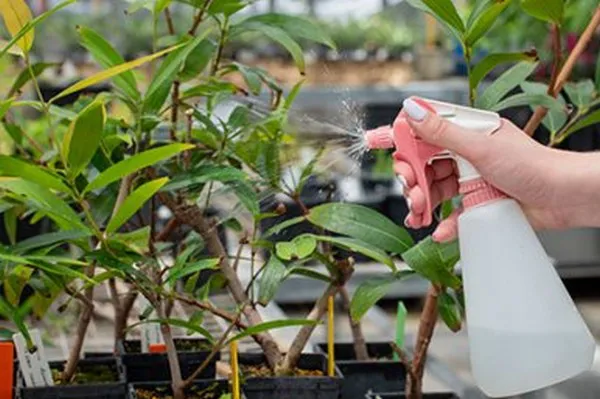Researchers from The University of Queensland have developed a treatment that can both prevent and cure infection caused by an invasive fungal disease devastating native Australian plants.
“We also want to see whether the plants are protected from a second infection and if the RNA can protect new growth after the leaves are sprayed.”
“It has since spread all the way up the east coast and into the Northern Territory, as well as Western Australia and even New Zealand,” she said.
“It’s not always a silver bullet, but we work in partnership with a lot of other scientists developing great management techniques for the pathogen, and it feels really rewarding to contribute to that,” she said.
Dr Sawyer said myrtle rust has become a problem for popular native Myrtaceae species like eucalypts, lilly pilly, and paperbark since it was detected in New South Wales in 2010.
Dr Sawyer said the team would now test the RNA treatment in field trials.
Ms Degnan said it was exciting to consider the potential impact of the treatment.
“The symptoms of infection range from leaf spots of yellow fungal spores through to death of the tree, even large old trees.”
“It’s significant because our previous studies didn’t have that curative aspect, so being able to apply a treatment after infection gives it more potential.”
Source: uq.edu.au
